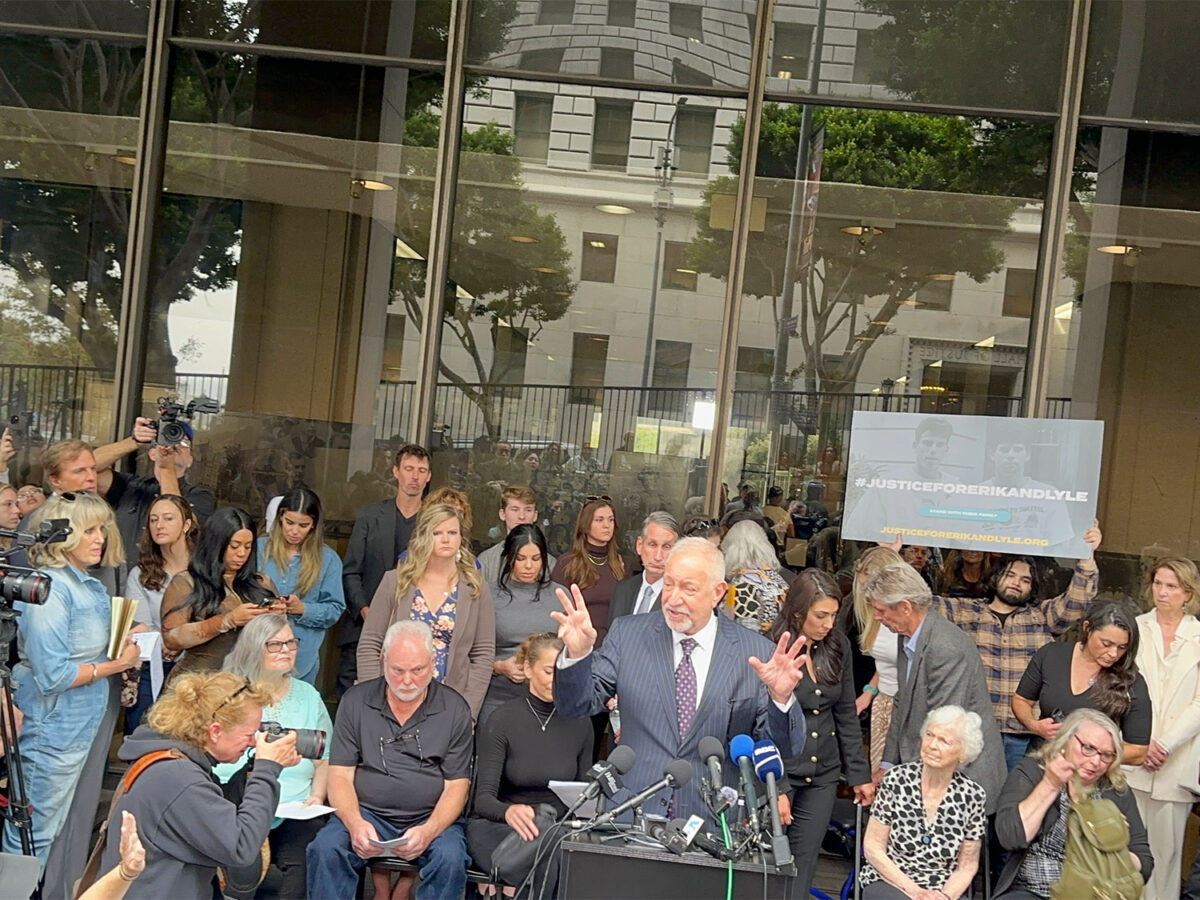The Beverly Hills Planning Commission considered the city’s Housing Element and the controversial Regional Housing Needs Assessment (RHNA) at its March 11 meeting. The Commission heard the results of a failed attempt to appeal the city’s RHNA allocation, the number of units needed in the city over an eight-year time period.
The Commission also discussed a possible ordinance to enable greater construction of Accessory Dwelling Units (ADU) in order to meet the city’s RHNA requirements. The hearing comes as the Commission draws closer to presenting a Draft Housing Element, which it estimates will take place in April or May of this year.
The subject of ADUs drew considerable interest from the commissioners. “I don’t think this is going to solve our RHNA numbers,” said Commissioner Myra Demeter about ADUs. “But I think that, generally, many, many people are interested. They have elderly parents, they have kids coming back from college.”
Every eight years, cities and jurisdictions around the state draft a new Housing Element, a part of the General Plan which considers the housing needs of the community and anticipates how that need will change. With the housing cycle currently underway, localities are preparing their Housing Elements for approval by the State.
The core component of the Housing Element is the RHNA, an evaluation of the number of units needed in the next eight years and the land use plans and regulations necessary to accommodate them.
The State Department of Housing and Community Development (HCD) first determines the housing needs in each region of California by examining population data. The agency also considers economic and demographic trends, overcrowding, and overpayment of rents and mortgages. The number that HCD calculates gets passed to a local regional planning agency–the Southern California Association of Governments (SCAG), in the case of Beverly Hills–that looks at more local data and distributes the total among its jurisdictions.
In 2019, as cities across California grappled with soaring rents and a homelessness crisis, HCD announced an ambitious goal of about 3.5 million new units over the new Housing Elements cycle. Southern California’s share of the load came out to 1.3 million units. For Beverly Hills: 3,096 units. In comparison, in the last housing cycle, Beverly Hills’ allotment was only three.
Although city staff advised that RHNA appeals were rarely granted, the City Council nonetheless instructed staff to file an appeal to SCAG requesting a reduction to 1,486 units. In total, 52 other jurisdictions in Southern California also filed RHNA appeals. On Jan. 13, SCAG held a public hearing for the appeals, rejecting all but two, including that of Beverly Hills. However, as a result of the two partially successful appeals by Riverside County and the City of Pico Rivera, SCAG had to redistribute the units subtracted from their allotments. This increased Beverly Hill’s RHNA number by eight.
While the city is required to plan for a certain level of growth and take efforts to facilitate it, the RHNA is “not a development mandate,” the staff report notes. Jurisdictions must ensure that bureaucratic hurdles like zoning and planning do not obstruct development, but they do not need to build housing or issue permits themselves. But, if the state determines that a jurisdiction has not done enough to foster development, it can withhold certification of its General Plan. This results in loss of certain state funds, more frequent updates to the city’s Housing Element, and loss of control over housing project decisions.
Cities face similar penalties for not meeting their RHNA obligations. Jurisdictions will have to implement a streamlined review process to approve housing development projects.
At the March 11 meeting, commissioners heard the results of an online survey conducted as a part of its public outreach for the Housing Element process. The survey received responses from 81 people by March 2, the majority of whom live or work in the city. Most respondents have lived in Beverly Hills for 21 years or more, own their home, with an age range of 56 to 74 years old. Though a small sample, the staff report compiled for the hearing claims that “the results have provided insight into the various perspectives of community members regarding how or in what ways the city should accommodate future housing needs in Beverly Hills.”
Among the results, 70 percent of respondents answered that they were “very satisfied with their housing situation.” People who replied to the survey listed maintaining a diverse housing market and maintaining the character of existing neighborhoods as “very important.”
Lower down on the list of priorities, respondents indicated as their least important concerns: “ensuring that children who grow up in Beverly Hills can afford to live in Beverly Hills, providing shelters and transitional housing and services for the homeless, integrating affordable housing to create mixed-income neighborhoods, and establishing programs to help at-risk homeowners keep their homes.”
Most people who participated in the survey expressed support for greater density in mixed-use zones and multi-family residential zones, taking advantage of the future metro stations. Staff expect to release a second online survey by the end of March.
In addition to mixed-use zoning, the city hopes to meet its RHNA goals by incentivizing the construction of ADUs, additional structures that share a lot with a primary structure (like a guest house, for instance). Given the lack of vacant land in Beverly Hills, ADUs take advantage of the city’s large number of single-family residences. For HCD to count future ADUs toward the city’s RHNA requirement, the agency will evaluate ADU permitting trends and the extent to which city regulations encourage ADU development.
“I think that if we can at least meet or exceed the state standards, we will be demonstrating good faith to HCD in our efforts to accommodate to the overriding purpose of the Rena allocation,” said Commissioner Thomas Hudnut.
As the staff report notes, a scant nine ADUs were permitted in the city in 2020. At that rate, the city would barely scratch two percent of its RHNA allocation. But the city’s current ADU regulations adopted in 2017 have already become outdated. The staff report suggested updating the ADU ordinance and adding additional incentives to boost RHNA credit.
Some recommended incentives include increasing the maximum height from 16 feet (which prevents two-story ADUs) to 22 feet and two stories in the Central Area, and 18 feet and two stories in the Hillside Area. Staff also recommended streamlining the review process and reducing the parking requirements.







